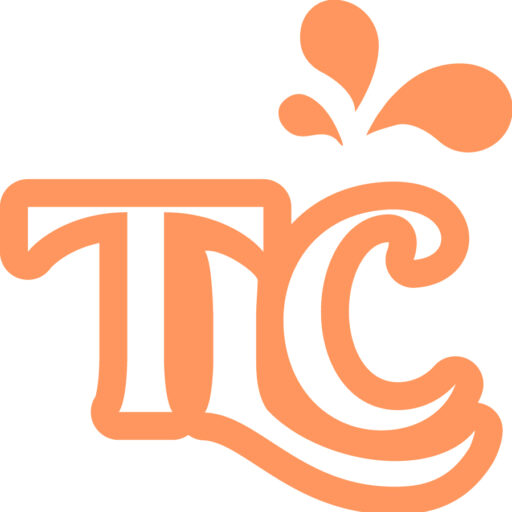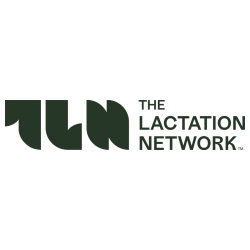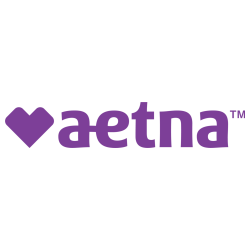Clear benefits for families in Utah

Telehealth
Aetna does not cover telehealth lactation consults. Learn about our self-pay option.
Our team is here to support through all your breastfeeding concerns.
Prenatal feeding plan
Build confidence with a simple, personalized plan before baby arrives.
Health & risk review
Review meds/conditions (PCOS, thyroid, surgeries) and protect milk supply.
Nipple & anatomy prep
Address flat/inverted nipples and positioning so latch is comfy from day one.
Pump selection & fit
Choose the right pump, size flanges, and set settings for comfort and output.
Colostrum collection
Learn if hand-expressing is right for you and how to collect/store it safely.
Induced lactation
Support for adoption, surrogacy, or breastfeeding goals.
Expecting multiples
Positions, scheduling, and strategies that work with twins or more.
First 48 hours plan
What to do in the hospital: skin-to-skin, early cues, and first latch.
Partner coaching
Show partners how to support latch, positions, and your rest/recovery.
Latch & positioning
Get a deep, comfy latch and pain-free holds.
Nipple pain or damage
Identify the cause and heal while you feed.
Shield support
Fit, use, and gently wean when ready.
Engorgement relief
Soften, drain, and protect supply in the early days.
Sleepy feeder
Wake-and-feed strategies that work.
First weeks plan
What to expect in days 1–14 and how to respond.
Low milk supply
Assess causes and build a step-by-step plan.
Oversupply
Ease engorgement, leaking, and recurring clogs.
Relactation
Rebuild supply after a pause or drop.
Fast let-down
Manage flow for less sputtering, coughing, and gas.
Food/Herbal/Rx questions
Evidence-based guidance on galactagogues.
Cycle & hormone shifts
Manage supply changes with periods or fertility return.
Pumping/Flange fit
Get comfortable and improve output.
Exclusive pumping
Routines, schedules, and sanity-saving tips.
Return-to-work plan
Workday schedule, storage, and daycare handoff.
Milk storage
Safe handling and smart inventory.
Travel & on-the-go
Packing, cooling, and pumping anywhere.
Wearable pumps
Optimize hands-free pumps.
Pumping discomfort
Fix edema, blebs, and soreness.
Bottle introduction
Timing and techniques that protect breastfeeding.
Bottle refusal help
Stepwise approach to finally take a bottle.
Paced bottle feeding
Teach caregivers a baby-led method.
Combo feeding plan
Balance breast + bottle without tanking supply.
Supplementing
How much, how often, and with what.
Alternative methods
Non-bottle options when needed (SNS/cup).
Caregiver coaching
Simple instructions everyone can follow.
Tongue/Lip/Buccal tie screening
Identify signs and plan next steps.
Pre-release strategies
Feeding support while you decide on release.
Post-release rehab
Exercises and latch work at 5, 10–14 days, and beyond.
Oral-motor skill support
Build coordination for efficient feeding.
Body tension / torticollis
Positions and stretches that help feeding.
Cleft/Craniofacial feeding
Team-based strategies to support intake.
Plugged ducts
Clear clogs and prevent repeats.
Mastitis or inflammation
Early plan to reduce pain and risk.
Vasospasm/Raynaud’s
Warmth, latch, and medication options.
Skin irritation
Soothe and protect nipple/areola.
Possible thrush
Differentiate and coordinate care if needed.
Deep breast pain
Troubleshoot causes beyond the surface.
Introducing solids
Readiness signs and first foods.
Protecting supply with solids
Balance milk and meals.
Baby-led weaning
Safe shapes and self-feeding basics.
Night weaning
Gentle, stepwise approaches.
Weaning
A calm plan that fits your family.
Extended breastfeeding
Support beyond 12 months.
Preterm/NICU transition
From hospital to home feeding plan.
Reflux/Colic-like symptoms
Feeding tweaks that ease fussiness.
Multiple or tandem feeding
Positions, pacing, and realistic routines.
Breastfeeding while pregnant
Safety, supply, and comfort.
Medical complexities
Diabetes, thyroid, hypertension & feeding.
Medication & lactation
Check compatibility and alternatives.
Food allergy/intolerance
Elimination trials and re-introduction plan.
Jaundice feeding plan
Intake support while bilirubin resolves.

How Coverage Works
Click “Check My Coverage”
Click the ‘Check My Coverage’ button to get started. You’ll be directed to our trusted partner to verify your benefits.
Provide your insurance information
Complete a short form with your insurance details. It only takes a few minutes.
Receive confirmation email with details
You’ll receive an email confirming how many visits are covered, plus what’s included in your plan.
Book your in-person consult with us
Book your in-person consult with one of our IBCLCs for your personalized, hands-on support.
Aetna Eligibility Notes
Here are a few important details about Aetna coverage for lactation services.
Referral requirements
Some HMO plans may require a provider referral.
Included Plans
Not all plan types are included (Medicare/Medicaid are typically excluded).
Confirmation Required
Coverage is confirmed only after you complete the coverage check.
Visit Allowance
Many Aetna plans cover up to 6 in-person visits, but your exact number is confirmed during the coverage check.
Provider Type
Coverage applies to in-person consults with IBCLCs (International Board Certified Lactation Consultants).
The easiest way to confirm your benefits is to complete the quick coverage check.




